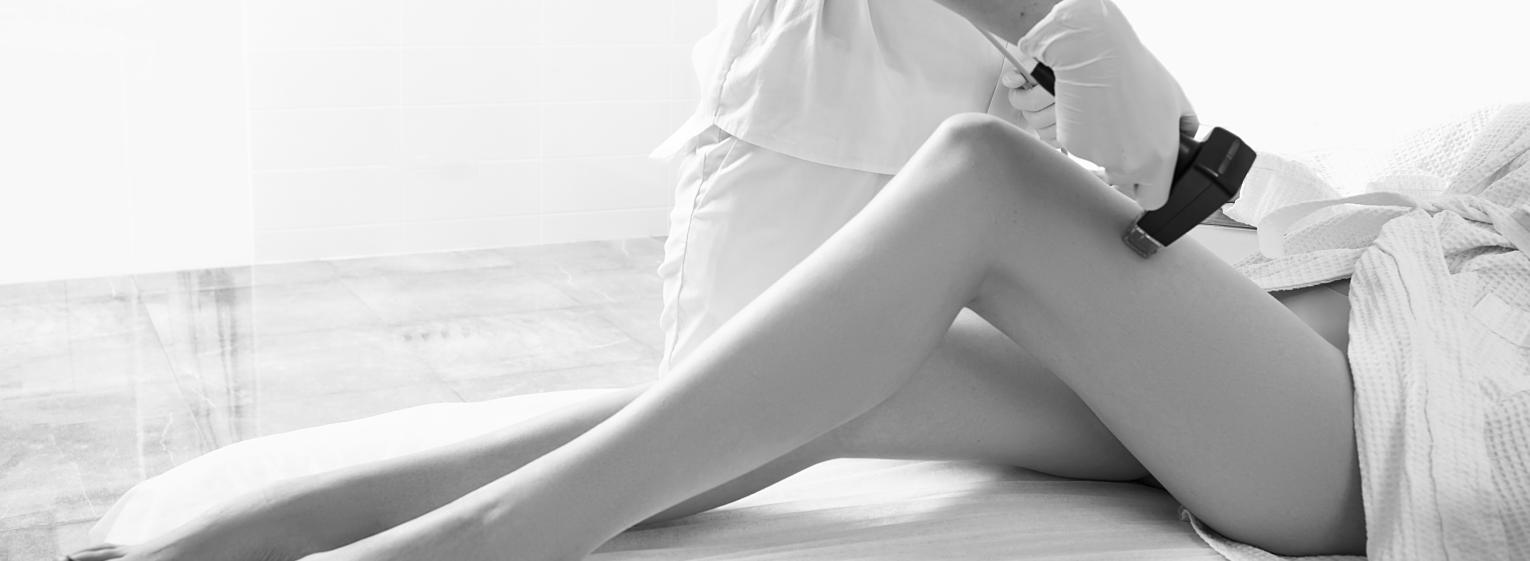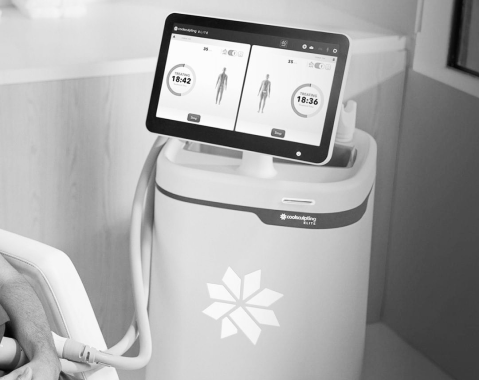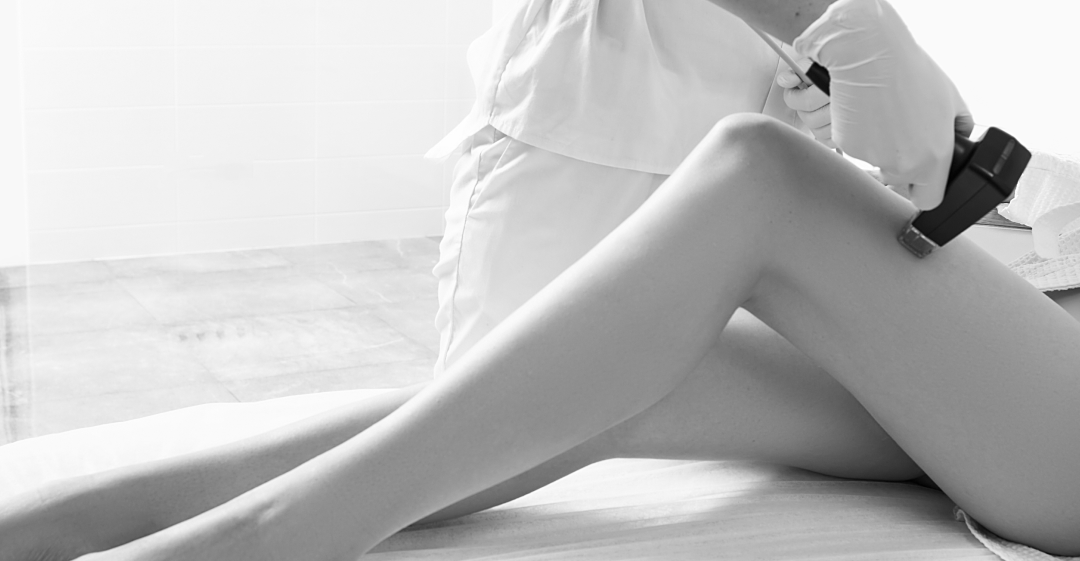
Invasive vs Noninvasive Surgery: What’s the Better Fat Reduction Procedure?
Is your tummy bulge refusing to go away even though you’re doing high-intensity workouts and following a strict diet? Even the healthiest habits may not always be able to give you the exact results that you want. Fortunately, cosmetic fat reduction methods can help you get there.
If you have been contemplating a fat reduction procedure, but haven’t been able to choose between liposuction vs noninvasive procedures, this detailed guide is for you. Learn all about the difference between invasive and noninvasive procedures so you can choose what’s best for your body and budget.
Types of Fat Reduction Treatments
Fat reduction methods target the visceral fat deposits around the organs in the body. More commonly known as stubborn fat, these can be treated in two ways: through surgical and non-surgical fat reduction procedures. You can opt for these treatments to eliminate stubborn fat from your belly, waist, hips, thighs, upper arms, chest, knees, buttocks, neck, and other problem areas.
Let’s take a look at some of the most common fat reduction methods to understand how they differ:

Liposuction
So, what is liposuction?
Also known as lipo or lipoplasty, it is one of the most common surgical fat reduction procedures in the country. It is often termed an “aggressive” method of fat removal because it involves some form of surgery with high risks due to general anesthesia and excessive surgical trauma to the tissues. There are multiple techniques involved, from suction to laser and ultrasound.
It does not help with treating obesity or general weight loss and can leave you with excess skin where the fat has been removed. However, if you have good skin elasticity, the skin can remodel itself over the target area over time.
CoolSculpting
What is non-surgical body sculpting called? CoolSculpting.
It is a non-invasive fat removal procedure that freezes fat cells in the target area. This process is known as cryolipolysis and can reduce fat by 20% per treatment session on average. Once broken down, these fat cells are then flushed out naturally by the body over the next few weeks.
The procedure is noninvasive, FDA-approved, and relatively safer than liposuction.
Injectables/ Kybella
Another non-invasive fat reduction method is Kybella, which is a prescription medication used as an injectable to reduce fat in the chin area. It contains deoxycholic acid as an active ingredient, which helps break down fat.
Fast and quick, Kybella is a safe alternative to invasive procedures for submental fat removal. However, the treatment is restricted to the chin area, and requires several treatment sessions four months apart.
Morpheus8 Body
Morpheus8 Body is a proprietary procedure that involves a combination of microneedling and radiofrequency (RF) for deep tissue remodeling. By shrinking the body tissue, it can reduce small fat deposits.
Morpheus8 is not a dedicated fat reduction procedure but a minimally invasive skin rejuvenation technique. However, it can lead to slimming results in certain cases.
You could go for any of these procedures—the best choice will depend on your aesthetic goals, immediate requirements, and doctor’s recommendation.
But which option wins the invasive vs non-invasive procedure debate when it comes to fat reduction methods?
Let’s do a comparative study to find out.

What Are the Differences Between Liposuction vs. Non-Invasive Fat Reduction?
The most significant difference between liposuction and the non-surgical body treatments discussed above is that the former is a full-blown cosmetic surgery, while the other three are minimally invasive procedures. The outcome of the procedure, recovery time, and side effects constitute the difference between invasive and noninvasive procedures.
Liposuction is one of the oldest and most used fat reduction procedures targeting visceral fat reduction. It is not a weight loss treatment, nor does it treat skin irregularities like cellulite, wrinkles, or fine lines. However, an experienced plastic surgeon can use liposuction techniques to sculpt and contour your body.
Liposuction has very limited use cases, irrespective of the technique involved in the procedure.
What Are the Disadvantages of Liposuction?
Lipo is done under general anesthesia because the surgeon inserts a cannula via an incision in the skin which then is used to aggressively suction the adipose tissue with a subsequent extensive tissue damage. The process is invasive and can have many severe side effects.
You may end up with a loose or uneven / bumpy skin in the target area. This could require further surgical intervention to repair. This is a side effect specific to liposuction, and it is quite common, especially for more mature patients whose skin has waning elasticity.
Liposuction may also lead to inflammation, bleeding, scarring, bruising, and swelling. Although most of these subside over time, it can be hard to deal with intensive aftercare for several months. You will need to use supporting bandages to heal the operated area.
After liposuction, patients need stitches, antibiotics, and painkillers.
As you can tell, liposuction is very complicated and may not be the best choice when it comes to simple fat reduction procedures.
What Are the Advantages of Non-Invasive Fat Reduction Treatments?
There are more dynamic treatment choices, such as Coolsculpting Elite for non-invasive fat reduction. Minimally invasive or non-invasive fat reduction methods are outpatient procedures, and you can go home immediately after the treatment.
Aside from minimal recovery time, you will also experience fewer side effects. You don’t need to worry about any loose or hanging skin.
Whether it’s CoolSculpting, Kybella, or Morpheus8, each process has its own benefits. Non-invasive treatments also lead to skin rejuvenation, near-permanent results, and much better value for money.
So, in the invasive vs non-invasive surgery competition, the latter wins.
How to Know if You Are a Candidate for Non-Invasive Fat Reduction
Consult your doctor or medical professional for the best advice. You can opt for a non-invasive procedure if you:

- a healthy individual with patches of stubborn fat
- Haven’t lost or gained a significant amount of weight recently
- Don’t have chrAre onic skin infections or underlying health conditions
- Don’t have any medical devices, like pacemakers
- Have a stable BMI
To learn more about non-invasive body contouring or CoolSculpting cost, get in touch with LA Beauty Skin Center. As one of the most coveted medical spa in North Hollywood, we can help you achieve your dream body in the safest way possible!

